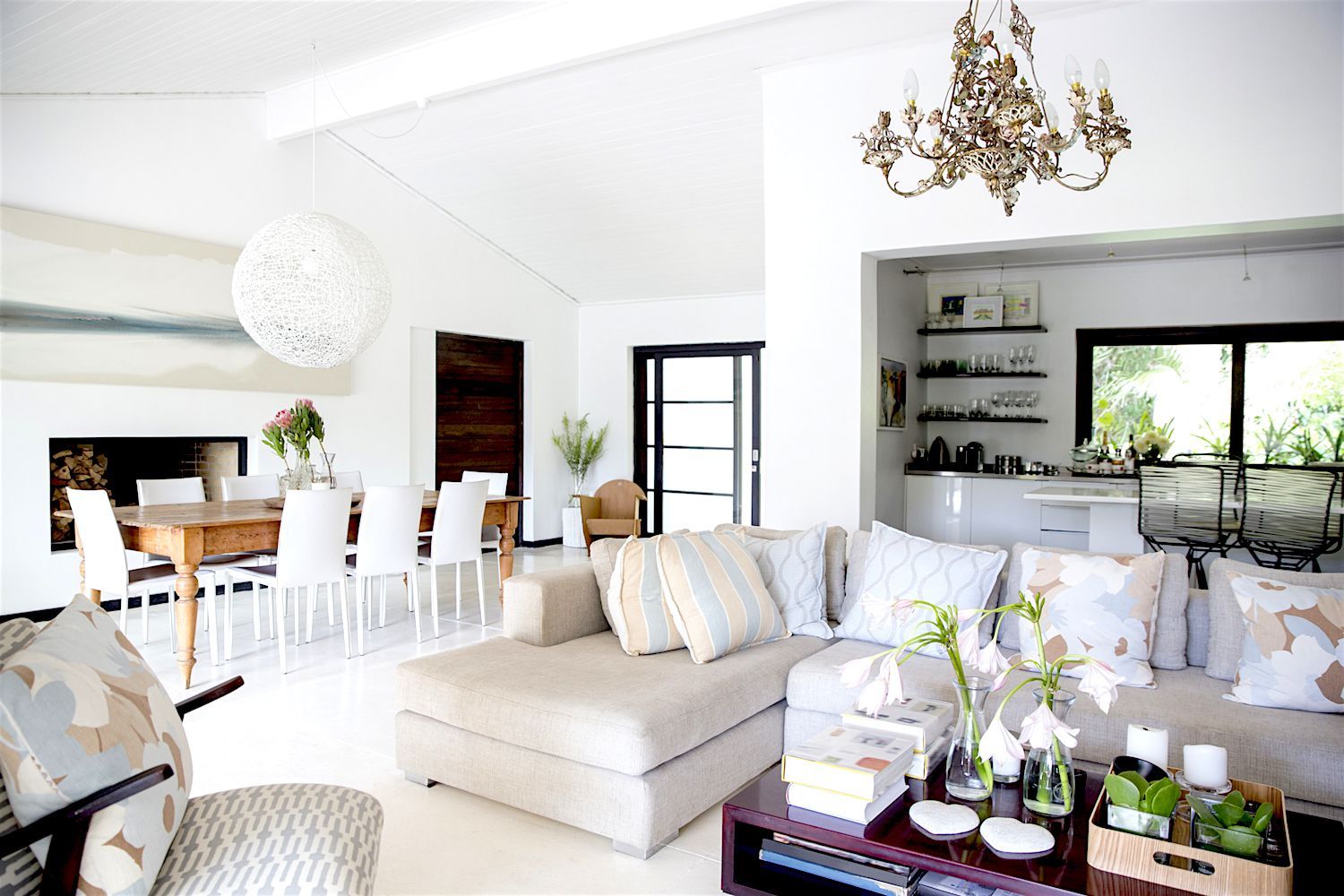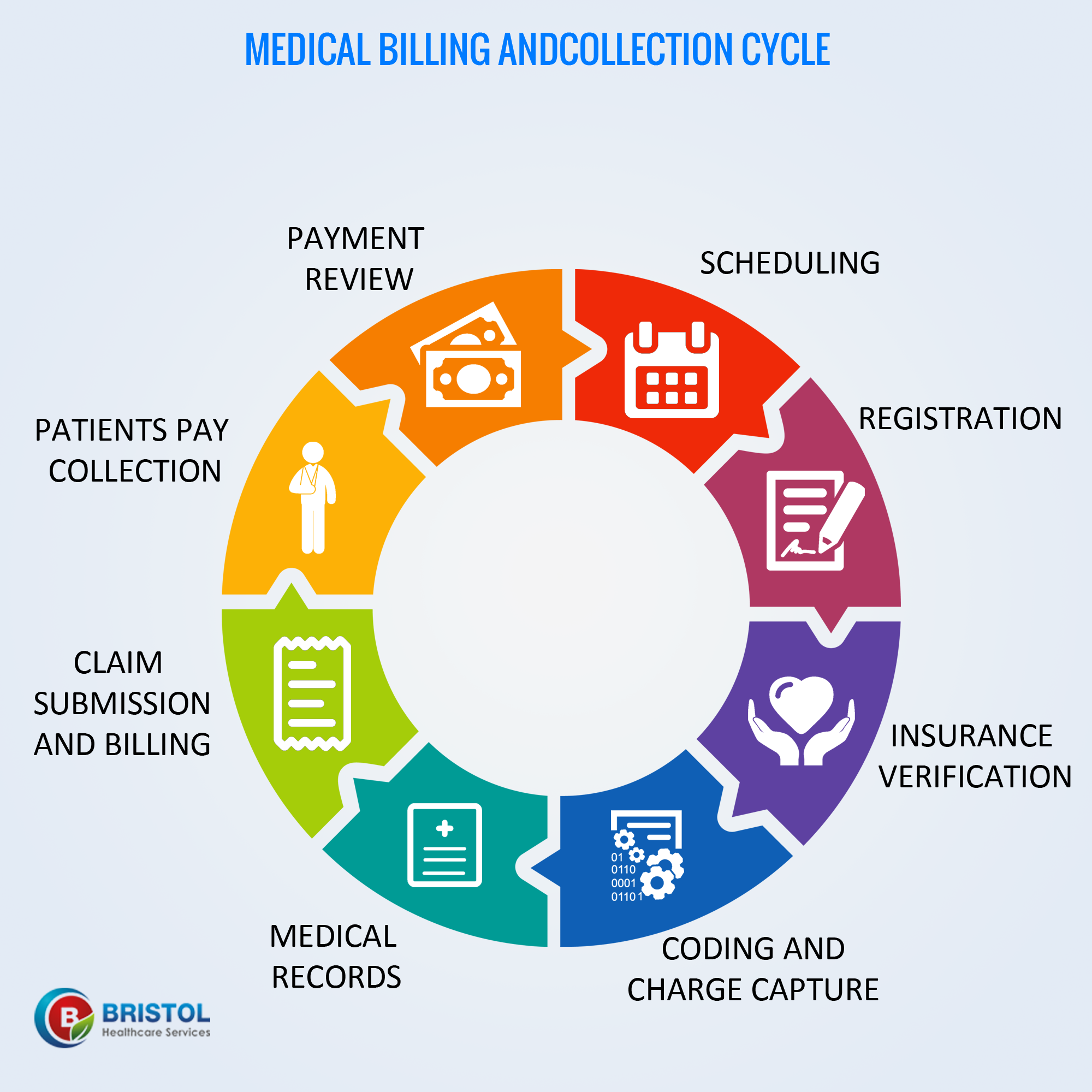
Home Staging and Interior Design
admin
- 0
Home staging and interior design have become essential aspects in the real estate industry. Both practices aim to enhance a property’s aesthetics and functionality, but they have distinct purposes and approaches. In this article, we will explore the differences between home staging and interior design and how they contribute to creating inviting, attractive spaces.
Home Staging
Home staging refers to the process of preparing a house or property for sale. The main objective of home staging is to make a property more appealing to potential buyers, increasing the chances of a quick and successful sale. A staged home aims to highlight the property’s best features while making it more marketable and memorable.
When it comes to home staging, the focus is on creating a neutral and welcoming environment that appeals to a wide range of prospective buyers. Stagers use approaches such as decluttering, rearranging furniture, and adding subtle decorative touches to maximize the property’s potential. By depersonalizing the space and creating a visual flow, home staging helps buyers envision themselves living in the property, increasing their emotional connection to it.
Home staging uses a strategic approach that considers the target market and demographics of potential buyers. Stagers analyze the property’s layout and architectural features to determine how to best showcase them. Typically, neutral color palettes and furniture arrangements that maximize space and flow are employed to create a sense of harmony and balance.
Interior Design
Interior design, on the other hand, is a broader discipline that goes beyond preparing a property for sale. It involves planning and designing spaces to meet the functional and aesthetic needs of the occupants. Whether it is a residential or commercial project, interior designers step in to enhance the space’s functionality, visual appeal, and overall atmosphere.
Interior design focuses on creating personalized and purposeful spaces that reflect the client’s taste, style, and lifestyle. It involves collaborating with clients to understand their vision, needs, and budget, and translating that into a cohesive design concept. Elements such as color schemes, furniture selection, lighting, and accessories are carefully chosen to create a harmonious and functional space.
Unlike home staging, interior design embraces personalization, allowing spaces to reflect the occupants’ individuality. Designers may use various styles, from contemporary and minimalistic to traditional and vintage, depending on the client’s preferences. Comfort, functionality, and aesthetic appeal are key considerations in the design process, ensuring that the space is both visually pleasing and practical for daily use.
Collaboration and Synergy
Home staging and interior design are not mutually exclusive; in fact, they can complement each other. Many interior designers offer home staging services as part of their offering, recognizing the importance of preparing a property for sale. By applying their design expertise, interior designers can highlight the property’s potential and create a lasting impression on potential buyers.
The collaboration between home staging and interior design can result in a powerful synergy. By combining the elements of home staging to create an inviting and universally appealing space, with the personalization and functionality of interior design, the overall impact is elevated. This combined approach can help create an emotional connection with prospective buyers, enhancing the chances of a successful sale.
Conclusion
In summary, home staging and interior design are two separate but interconnected practices. Home staging focuses on preparing a property for sale, creating a neutral and appealing environment for potential buyers. Interior design, on the other hand, encompasses the broader scope of creating personalized and functional spaces that fulfill the occupants’ needs and aesthetics.
The collaboration between home staging and interior design brings together the best of both worlds, resulting in a powerful synergy that enhances property appeal and marketability. Whether you are preparing to sell your home or looking to create a personalized space, considering the principles of home staging and interior design can help you achieve your desired outcome.

